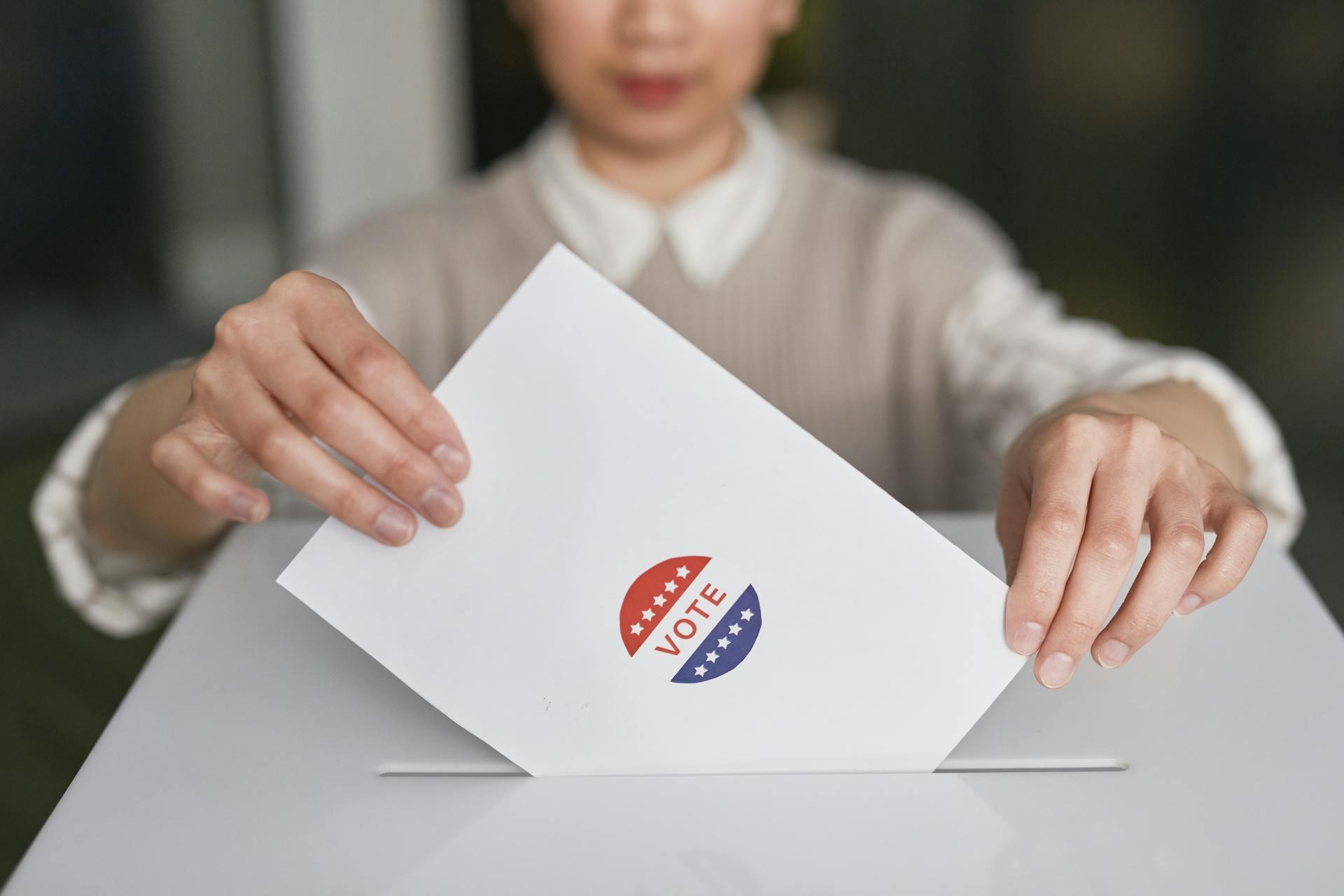Voting is one of the most important aspects of a democracy (or representative republic functioning with democratic elements, as is the case with the US).
The history of voting in the United States reflects a long struggle for equal access to this critical right. Over time, significant progress has been made to expand voting rights to more citizens, culminating in key legal milestones like the Voting Rights Act of 1965.
This article will explore the evolution of voting in the U.S., the Constitutional amendments that shaped voting rights, and why active participation in elections is a vital right for every US citizen.

The History of Voting in the United States
In the early days of colonial settlements on the East Coast of the United States, the very first elections were held. The elected positions included councilmen and president of the council, and only a small handful of the settlers were allowed to participate in the vote.
When settlements became more established, British-appointed governors were more common among the local and broader governance.
Generally, the colonialists were not allowed to have a say in who these governors were, although some colonies like Rhode Island and Connecticut did hold elections. However, many colonies did not choose officials like sheriffs, coroners, clerks, and justices of the peace; those officers were largely chosen by the governors.
When the colonies declared independence in 1776, the newly formed United States adopted a different system. The first U.S. presidential election took place in 1789, with George Washington elected as the nation’s first president. At this time, only a small percentage of the population could vote, with restrictions based on property ownership, race, and gender. Right away, voting was largely restricted to white, land-owning men over age 21.
It was also decided that presidential election years would take place every 4 years.
At its birth, the United States was not a democratic nation—far from it. The very word "democracy" had pejorative overtones, summoning up images of disorder, government by the unfit, even mob rule.
From “The Right to Vote: The Contested History of Democracy in the United States” by Alexander Keyssar, professor at Duke University
As the country expanded and developed, so too did the concept of who could vote. The 19th century saw growing movements advocating for broader voting rights, particularly for white men regardless of property ownership. By the mid-1800s, property requirements had been dropped in most states, allowing more men to participate in elections. However, women, people of color, and Indigenous peoples were still largely excluded from voting rights.
Throughout the 19th and 20th centuries, voting rights continued to evolve, driven by social movements advocating for equality. These efforts led to significant constitutional amendments, federal laws, and the eventual passage of the Voting Rights Act in 1965, a crucial milestone in ensuring greater voter access and protections.
Contemporary measures being propelled include the Right to Vote Amendment which seeks to explicitly state that all US citizens aged 18 and older can vote.
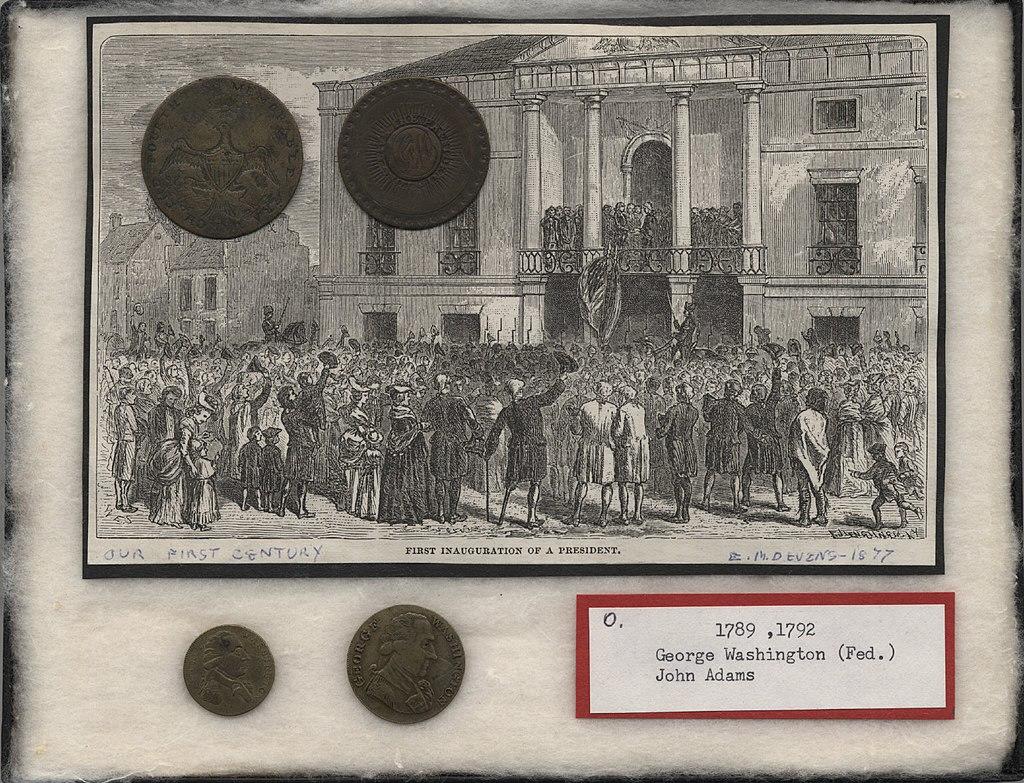
The Evolution of Elections in the United States
The first U.S. presidential election in 1789 marked the beginning of a new era. The United States was able to create a constitution that unified the colonies into one brand-new nation, rather than a collection of small countries. As a unified nation, they began to build a new government starting with choosing a president.
It was the first time citizens participated in choosing their leader under the newly ratified Constitution. However, the process was very different from what we know today. In this first election, only 10 of the original 13 states participated because North Carolina, Rhode Island, and New York had not yet completed the ratification process or organized elections. Furthermore, voting was limited to white male property owners, and states had significant control over how their electors were chosen.
In that election, George Washington was elected as the first president of the United States with a unanimous vote from the newly-formed Electoral College, and John Adams became the first vice president. At the time, there were no formal political parties, so Washington remains the only nonpartisan president.
Before the 17th Amendment in 1913, Senators were selected by the state’s legislatures.
After the first election, the election process changed as needed as the country grew larger and more complex. At first, many state officials were the ones to choose the electors for the college, however in the 1820s there was a push to allow more direct voting from the people. Voting methods changed, allowing the popular vote to choose the electors who would go on to vote for the president.
At this time, voting was done publicly, often with each individual voter speaking their vote aloud in front of all the other voters and the local councilmen. Another popular method was via public voting with tickets, where the crowd could see which box the voter put their vote into. It was purposeful to have public voting so everyone could see who chose what.
The rise of political parties played a crucial role in the evolution of elections. The Federalists and Democratic-Republicans became the first two major parties, and their rivalry helped shape the campaign process. By the 1828 election, when Andrew Jackson became president, campaigns had become more public and vigorous, with candidates directly appealing to voters. Jackson’s campaign marked a shift toward greater voter engagement, with rallies, slogans, and political propaganda playing a prominent role.
Throughout the 19th century, elections continued to evolve. The abolition of property requirements allowed more white men to vote, and the adoption of the secret ballot, beginning in the late 1800s, made the process more secure and private. The Electoral College system, however, remained in place, even as debates arose over whether it fairly represented the will of the people.
By the mid-20th century, mass media, particularly television, became a central tool in reaching voters. Today, social media plays a major role in campaigns, allowing candidates to connect with voters in real time and spread their message widely. Each day, modern campaigns reach new frontiers in terms of marketing, branding, and reaching voters.
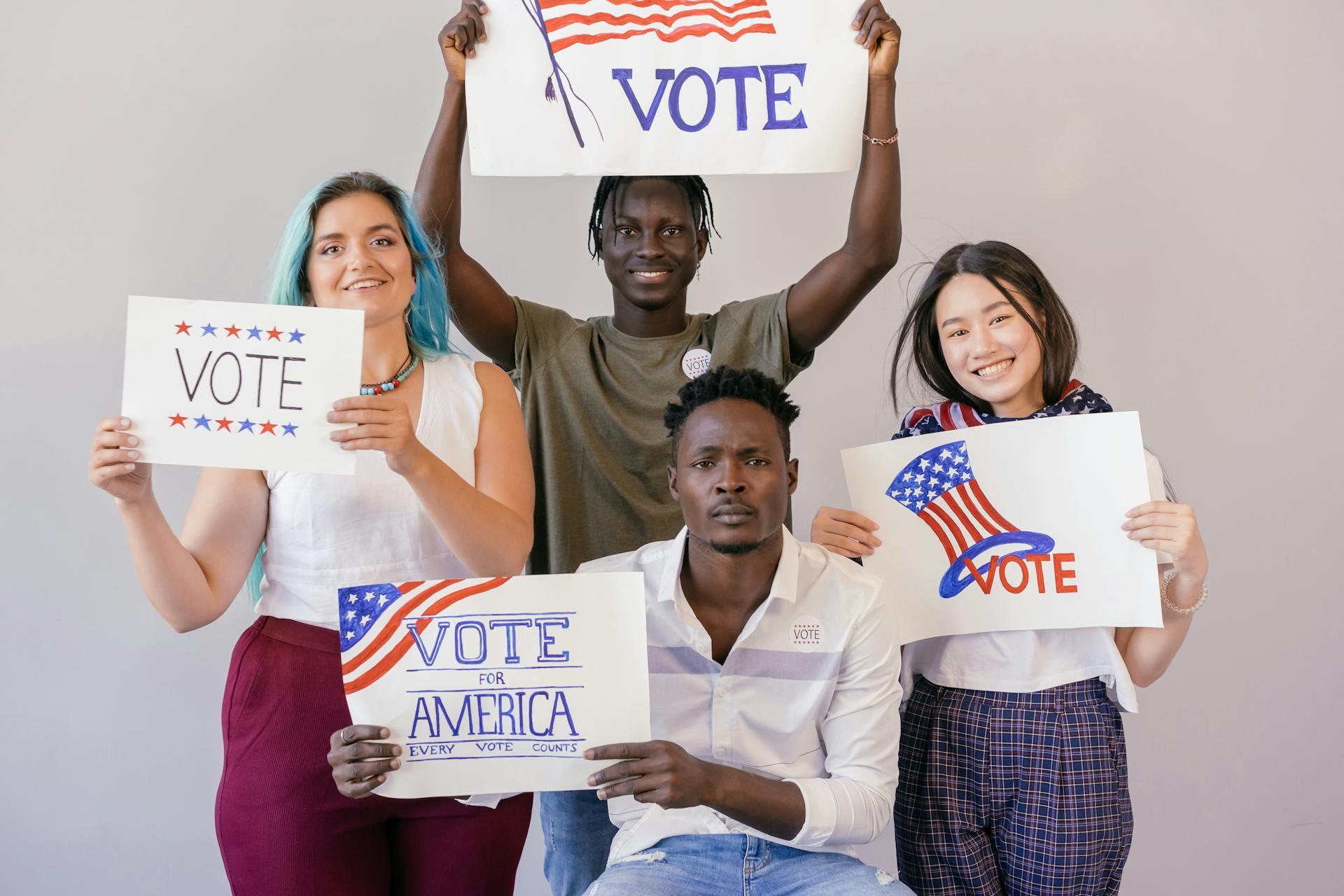
The History of Voting Rights in the United States
The concept of voting rights is based on the human right to be able to have a say in how the society one lives in is conducted.
Changes in voting rights were intertwined with the history of voting; new views on elections, voting, and representation led to new voting rights, and new voting rights led to more new views.
Throughout US history, voting has been an important facet in many ways. It’s a status symbol for the citizens as well as a call to civic action. It’s also a critical part of American government and politics because the protected right and ability to vote is one of the pivotal ways we can be sure that the country is not falling from a representational republic into something like an oligarchy.
The expansion of voting rights in the United States has been shaped by several key voting amendments to the Constitution, each reflecting a struggle for greater inclusivity. Here are the most important amendments that modified the voting rights and election processes in the US.
15th Amendment (1870)
The 15th Amendment was passed after the Civil War by Ulysses S. Grant because the war-torn United States needed to finally grant more rights to African Americans; many Americans were pro-reconstruction acts and were in favor of extending rights to African Americans. The amendment was pushed by the Republican party (northerners) and resisted by the Democratic party (southerners). Eventually, the Union declared ratification of the 14th and 15th Amendments mandatory for states seeking re-entry into the Union.
What does the 15th Amendment say?
The 15th Amendment prohibits denying voting rights based on race, color, or previous condition of servitude. It effectively extended the right to vote to African American men. However, many Southern states enacted discriminatory practices like poll taxes, literacy tests, and intimidation to suppress Black voters. Some of these tactics are still used today for voter suppression.
In 1870 with the ratification of the 15th Amendment.
19th Amendment (1920)
After decades of activism from the women’s suffrage movement, the 19th Amendment granted women the right to vote. This amendment marked a significant step toward gender equality in the voting process. Pressure for women’s suffrage began in 1878 when granting women the right to vote was first introduced to Congress. Its rejection led to a lengthy women’s suffrage movement that included the Seneca Falls Convention.
Eventually, the amendment was ratified when Tennessee state representative Harry Burn was convinced by his mother to “be a good boy” and vote in favor.
What does the 19th amendment say?
The 19th Amendment simplified says “The right of citizens of the United States to vote shall not be denied or abridged by the United States or by any State on account of sex,” which means it gave women the right to vote. However, it’s important to note that the amendment effectively only gave white women the power to vote. Non-white women were only granted suffrage in 1965 with the passage of the Voting Rights Act.
Women got the right to vote in 1920 with the ratification of the 19th Amendment. But, only white women could vote.
23rd Amendment (1961)
This amendment gave the District of Columbia (D.C.) representation in federal elections via Electoral College votes. Previously, D.C. was exclusively under Congress rule, meaning it’s not a state and therefore the citizens within could not vote unless they were lawfully registered to vote in another state.
Although D.C. is treated like a state in many ways, it still doesn’t have direct representation in Congress, because it’s technically not a state.
The 23rd Amendment gave D.C. the right to have three electors in the Electoral College, allowing the citizens of D.C. to vote for president. Before the amendment, D.C. did not have any say in the presidential election.
24th Amendment (1964)
Initially, poll taxes expanded voting rights because they were used as a requirement instead of property ownership. By the time the 15th Amendment came about, poll taxes were not commonly used and barring people from voting because they weren’t property owners was no longer legal. However, some Southern states found a legal way to suppress African American voters (and poor whites) by reviving the poll tax. Poll taxes were about $1-$2 (equivalent to $20-$40 today), making it impossible for impoverished people to vote.
Congress decided that such an amendment must be made because states had circumnavigated the spirit of the 15th Amendment once before; the 24th Amendment is an attempt to prevent another loophole.
What did the 24th Amendment do?
The 24th Amendment specifically bans the practice of denying someone the right to vote because of any unpaid taxes, poll or otherwise.
The 24th Amendement was ratified in 1964 under the John F. Kennedy/Lyndon B. Johnson administration.
The Voting Rights Act (1965)
Although not an amendment, the VRA was perhaps the most significant legislation in protecting voting rights.
In addition to methods of voter suppression like poll taxes, some states also utilized tactics like literacy tests to deny mostly African Americans from voting. Other suppression strategies included lying about the date and time of elections and requiring black voters to recite parts of the Constitution and explain its meanings in minute detail (which the average person could not and still cannot do).
When the voter rights bill was finally passed in 1965, President LBJ signed the bill with civil rights leaders like Martin Luther King Jr. in attendance.
Although some states largely ignored the act and continued to bar some black voters, many more African Americans were able to vote than before, and it ultimately paved the way for more and more acceptance of non-white voters over the years. One of the ways it is enforced today is by requiring federal oversight in areas with conditions befitting voter suppression, like if less than half of the non-white population is registered to vote.
It’s not all smooth sailing, though. The Voting Rights Act has had its provisions extended 4 times: in 1970, 1975, 1982, and 2007. The current extension is set to expire in 2032. The Act has also been amended a handful of times to both increase protections and walk them back, depending on the socio-political climate.
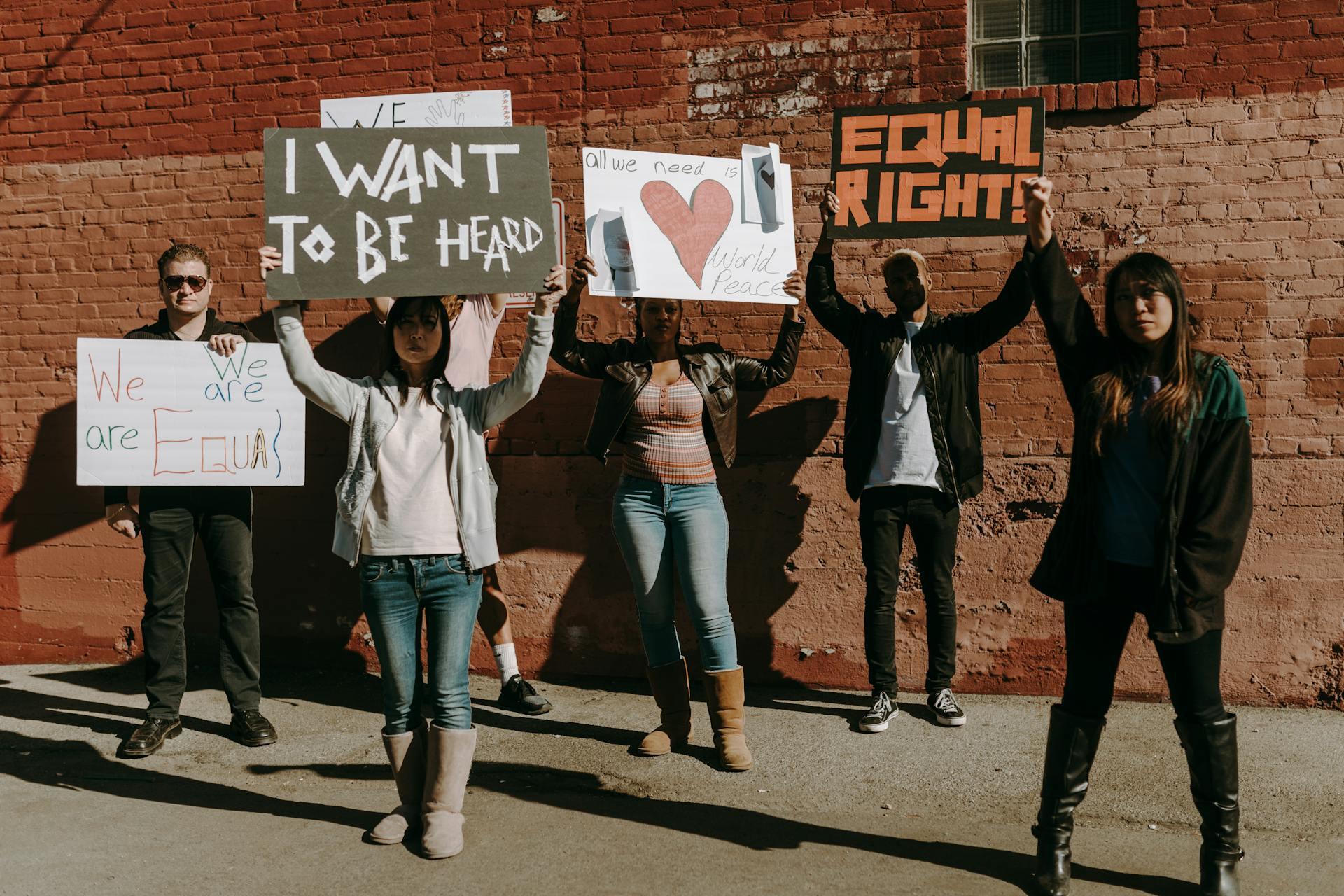
When Did Native Americans Get the Right to Vote?
There is a distinct lack of clear information about Naive American suffrage.
What is clear is that Indigenous people located in the United States were denied the right to vote many times. First, they should have been granted the right with the ratification of the 15th Amendment, but they were not; as established in 1876, Native American John Elk was denied on the grounds that he was not a natural-born citizen of the US and was also not allowed to naturalize, even though he renounced his tribal affiliation, paid taxes, and integrated into American society.
In 1918, Native Americans who fought in WWI were granted citizenship and could therefore vote provided they met the other existing criteria and their state did not purposefully block them. In 1924, the Indian Citizenship Act granted citizenship to most Native Americans, however many states passed laws specifically preventing them from voting.
In 1948, Arizona recognized the right of suffrage for Native Americans, yet they still faced suppression. Finally, in 1972, they (in theory) were granted full suffrage. The only obstacle still standing is that not every native person knows English.
26th Amendment (1971)
This amendment lowered the voting age from 21 to 18, allowing younger citizens to participate in elections, a change driven in part by the Vietnam War and the argument that if 18-year-olds could be drafted, they should also have the right to vote.
There had been pressure for some years before to lower the voting age, especially because the military draft age had been lowered from 21 to 18 during WWII. Soon after this change, the slogan “Old enough to fight, old enough to vote” was born.
The 26th Amendment was ratified in 1971 during the Nixon Administration.

The Importance of Voting
Why is voting important anyway? Especially in today’s political system, it can feel like voting has no real importance.
However, that couldn’t be more incorrect. Although it can feel like your vote doesn’t matter, it bears a lot of weight. When your vote is combined with the votes of millions of other Americans, every vote matters even more.
Despite its importance, voter turnout in the U.S. is often low. For example, in the 2020 presidential election, about 66.8% of eligible voters cast their ballots, but in midterm or local elections, turnout is much lower. In local elections, participation sometimes falls below 20%, meaning that a small fraction of the population is making decisions that impact everyone.
It’s important that more voters go to the polls for as many elections as possible to keep the citizens of the country engaged in its functionality and social contract.
Top 3 Reasons Why It Is Important to Vote
- When you vote in your local and state elections in addition to presidential elections, you have a more direct effect on how your locality functions.
- Voting helps hold elected officials accountable; if they do not achieve helpful measures for the community, they should face being ousted from their position.
- It’s your right as a citizen. You pay taxes to fund elections and pay the people in elected positions, you deserve to have a say in how your taxes are used!
Voting holds a multi-layered, complex set of benefits and values that is too much to get into in a simple article. The most important thing to know is that it’s a cornerstone of American society that must always be protected.
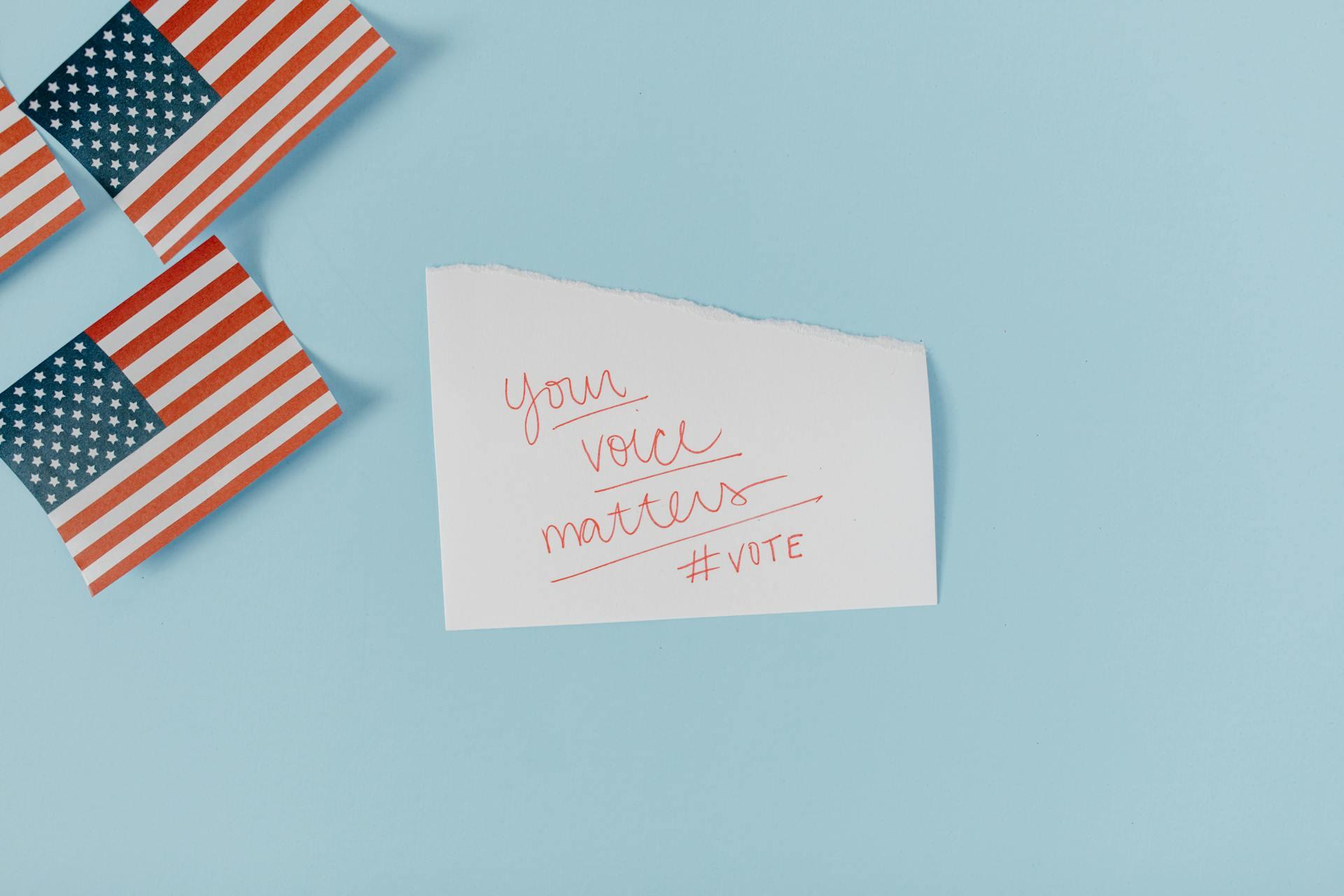
How Voting Ties into the Political System
Many governments throughout history and even in the present day do not allow their citizens to vote. As a result, the people are more or less held to the whims of those in charge.
That’s why it is important to vote: because there do exist places without the right to vote, and we must use what power we have to do what we can for America and beyond.
Local elections in the US are typically a direct popular vote. For presidential elections, the Electoral College takes over. In each case, the political party with the most citizen support at the polls (typically) wins, which directly affects policies at every level, shaping American society.
Who Can Vote in the United States?
After all the amendments and acts involving voting, the requirements for being an eligible voter today are typically simple for most people to meet.
Generally, there are 3 requirements to vote in the United States.
Citizenship
Only U.S. citizens are eligible to vote in federal elections.
Age
The age to vote in US dictates voters must be at least 18 years old on Election Day.
Residency
Voters must reside in the state in which they are voting and meet the state's residency requirements.
There are a few exceptions, however.
Registration: Most states require voters to register in advance, though a few allow same-day registration. Check the requirements for your state to be sure.
Disqualifications: Certain groups, such as people convicted of felonies, may be temporarily or permanently barred from voting, depending on state laws.
You must be 18 years old to vote in any local, state, or federal elections in the US.
How to Vote in Elections
Voting in the United States involves several steps, but it is a straightforward process once you understand how to navigate it:
- Register to Vote: Voter registration is generally required. Some states allow you to register online. Otherwise, you’ll need to go in person to a government office or register by mail. Deadlines vary by state, so it’s important to register well before Election Day.
- Learn About Local Elections: Local elections occur throughout the year and vary by state. To find out when elections are happening in your area, you can visit your state or county election office’s website, where they will provide information about upcoming elections and who is running.
- Learn About the Candidates: Voter education is key. Research candidates' positions on issues that matter to you by visiting their official websites, reading local news, and checking nonpartisan voter guides. Knowing the candidates and their platforms helps you make an informed decision.
- Find Your Polling Place: Polling places are typically assigned based on your home address. You can find your local polling location by checking your voter registration card or visiting your state election website.
- Early Voting and Mail-In Ballots: Many states offer early voting and mail-in ballots, allowing voters to cast their votes before Election Day. This option is convenient for those who may be unable to vote in person on Election Day. It’s important to request a mail-in ballot early and follow all instructions to ensure your vote is counted.
Voting in US elections has a long and storied history which is still being written today. Ensure you participate in the right that so many fought for whenever possible and vote in your local elections as well as the presidential election!
References
- Attention Required! (n.d.). In Cloudflare. https://constitution.congress.gov/browse/essay/amdt19-1/ALDE_00013822/
- Author. (2024). Native People Won the Right to Vote in 1948, but the Road to the Ballot Box Is Still Bumpy. In Pulitzer Center. Pulitzer Center. https://pulitzercenter.org/stories/native-people-won-right-vote-1948-road-ballot-box-still-bumpy
- azhistadmin. (2020). Fighting for a Voice: Native Americans’ Right to Vote in Arizona. In Arizona Historical Society. https://arizonahistoricalsociety.org/2020/07/15/fighting-for-a-voice-native-americans-right-to-vote-in-arizona/
- Interpretation: The Twenty-Fourth Amendment. (n.d.). In Constitution Center. https://constitutioncenter.org/the-constitution/amendments/amendment-xxiv/interpretations/157
- Interpretation: The Twenty-Sixth Amendment. (n.d.). In Constitution Center. https://constitutioncenter.org/the-constitution/amendments/amendment-xxvi/interpretations/161
- Interpretation: The Twenty-Third Amendment. (n.d.). In Constitution Center. https://constitutioncenter.org/the-constitution/amendments/amendment-xxiii/interpretations/155
- Passage of the Fifteenth Amendment. (n.d.). In PBS. https://www.pbs.org/wgbh/americanexperience/features/grant-fifteenth/
- Public Voting: Before the Secret Ballot. (n.d.). In Social Logic. https://sociallogic.iath.virginia.edu/node/39
- Put, L. V. (2024). Why Voting is Important: Your Voice Matters. In HeadCount. https://www.headcount.org/voter-education/why-voting-is-important-your-voice-matters/
- Right to Vote Amendment. (n.d.). In FairVote. https://fairvote.org/archives/reform_library-right_to_vote_amendment/
- The 19th Amendment. (n.d.). In Rock the Vote. https://www.rockthevote.org/explainers/the-19th-amendment/
- Voting in Early America. (n.d.). In The Colonial Williamsburg Official History & Citizenship Site. https://research.colonialwilliamsburg.org/Foundation/journal/Spring07/elections.cfm
- Voting Rights Act of 1965. (n.d.). In NAACP. https://naacp.org/find-resources/history-explained/legislative-milestones/voting-rights-act-1965
- Voting Rights Act of 1965 ‑ Definition, Summary & Significance. (2023). In HISTORY. https://www.history.com/topics/black-history/voting-rights-act

